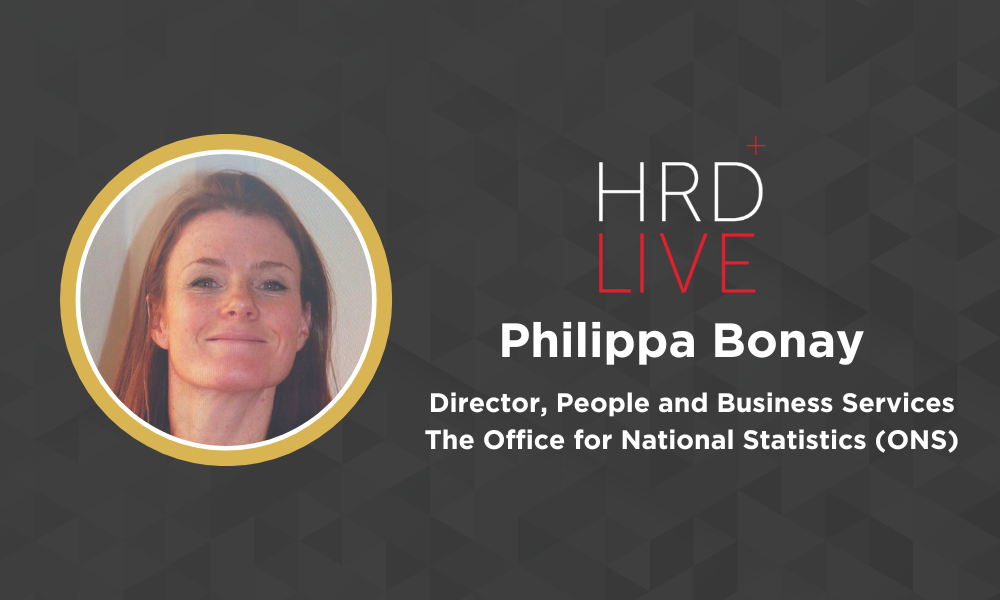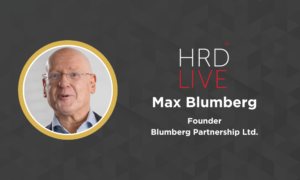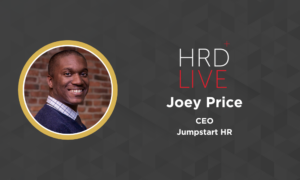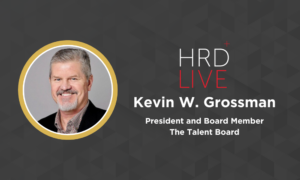Inclusion and diversity, not DE&I?
- 5 Min Read
Discover how and why The Office for National Statistics, the UK’s largest independent producer of official statistics, focuses on ‘Inclusion and Diversity’ over DE&I in the latest HRD Live Podcast episode.
- Author: Benjamin Broomfield
- Date published: May 31, 2023
- Categories

Podcast: Play in new window | Download
Subscribe: RSS
From HR thought leadership to Hollywood Press, the consistent message is that diversity, on its own, is not enough. True equity, inclusion, and belonging extend far beyond token diversity gestures. The Office for National Statistics (ONS), the UK’s largest independent producer of official statistics, shares this view.
Quite literally emphasizing ‘inclusion,’ Philippa Bonay, People & Business Services Director for the ONS rephrases DE&I as inclusion and diversity. But what is the significance of this semantic switch? And how does the UK’s recognized statistical institute use data to keep accountable with inclusion objectives?
In the latest HRD Live Podcast episode in our mini-series on inclusion and diversity, we discover how the ONS has created dashboards to meet inclusion objectives, and why focusing solely on diversity is simply not good enough.
Inclusion and diversity in practice
“It feels like a small change. But actually, it’s really important,” explains Bonay, referencing the switch in language from DE&I to inclusion and diversity.
“If you don’t feel included, and we don’t make sure that everybody feels included, then it doesn’t really matter if we have lots of diversity because we’re not creating an environment for everybody to thrive.”
Inclusion is invisible to those who enjoy it, and painful to those who are excluded from it. Without inclusion, all the benefits diversity promises – creativity, innovation, productivity – fly out of the window. It can even result in greater conflict. Accordingly, organizations and HR leaders must embed inclusion as an instinct.
Bonay recommends several steps HR leaders can take to ensure they embed inclusion within the DNA of their organization. “The first is to have a really clear plan that supports the business strategy,” she notes. At the ONS, this means applying an inclusive lens to all outputs and statistics it produces for the UK. “Then it is about how we behave within the organization,” explains Bonay.
Feeding into this is the need for high-quality quantitative and qualitative data. This data is needed to take data-informed decisions, but also to measure how decisions impact the performance of DEI&B metrics. This approach allows HR teams to track whether their inclusion strategy is operationalized across all areas of the employee experience, including reward and recognition, recruitment, onboarding, office equipment, technology, and beyond.
“In HR, we set the support. We set the tone and a vision. But then, the important thing is devolving it to the wider business. We should be encouraging affinity groups and senior leaders to be role models. Inclusion, interesting, is the one thing that is most susceptible to team behaviors.”
Inclusion, culture, and wellbeing dashboard
Bonay oversaw the introduction of an inclusion, culture, and wellbeing dashboard at the ONS in 2022. As a data-driven organization, this may not be entirely unexpected. However, this dashboard has become a one-stop shop for senior leaders of the ONS. It allows them to have the information they need on inclusion, culture, and well-being to drive improvements at a local level. “The ICW dashboard moves us from looking purely at diversity data to insightful inclusion data because it looks across the employee lifecycle,” explains Bonay.
The metrics covered on the dashboard include attraction, retention, attrition, promotion, reward, recognition, and engagement: “We can see the story of our colleague’s life experience with us.”
This story creates a compelling narrative for action that feeds practical support to specific teams, each with its own improvements around inclusion. Senior leaders meet with the CEO and Deputy CEO every six months to discuss the data for their team and actions taken since the last session. The focus is on what the data showed six months ago, what actions they took, and what differences they have seen in the data since the actions were taken. By making senior leaders responsible for their data, they have become more curious about what’s going on and more willing to take action based on the insights gained.
Timestamps
00:09 – Introduction
00:54 – Why do you focus on ‘inclusion and diversity’ rather than DE&I?
03:40 – What are other practical ways to ensure inclusion is the outcome?
07:22 – What is an “inclusion culture and wellbeing dashboard,” and how has it helped ONS to improve inclusion?
09:58 – How does this data-driven or data-informed approach help to keep you consistently accountable?
13:29 – Why is important to be relentless about improving inclusion, and why would focusing solely on diversity not be enough?
14:58 – What are some areas you’re looking to improve on in 2023 and beyond?
________________
Philippa Bonay is the People & Business Services Director for the ONS. Here, she is responsible for human resources, estates, facilities management, H&S, business services, and the customer contact center. She is also the HR Director for the Government Analysis Function and the Government Statistical Service, and a member of the Civil Service HR Function Board. Philippa has extensive experience across the whole HR remit, infrastructure, commercial and business services in both the private and public sectors.
To listen to more episodes of the HRD Live Podcast view our full archive on HRD Connect. Alternatively, listen and subscribe on Apple or Spotify!









